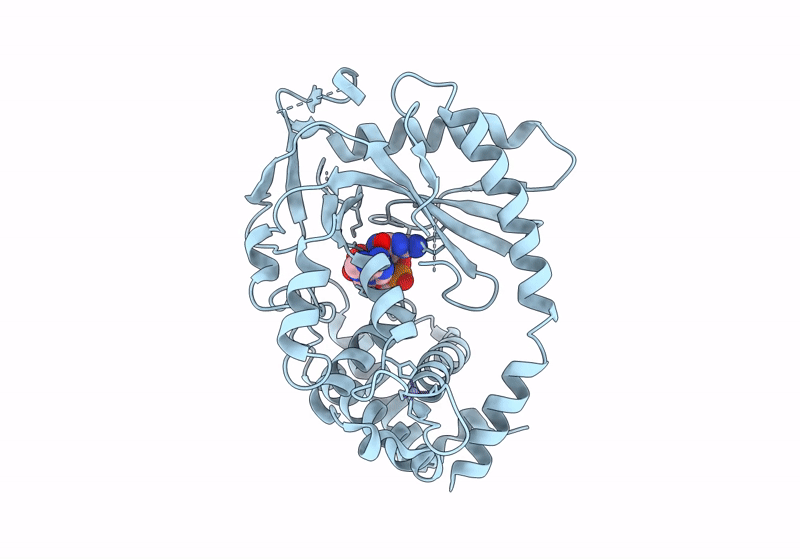
Deposition Date
2023-04-14
Release Date
2024-04-24
Last Version Date
2024-05-29
Method Details:
Experimental Method:
Resolution:
2.70 Å
R-Value Free:
0.27
R-Value Work:
0.21
R-Value Observed:
0.22
Space Group:
P 21 2 21


